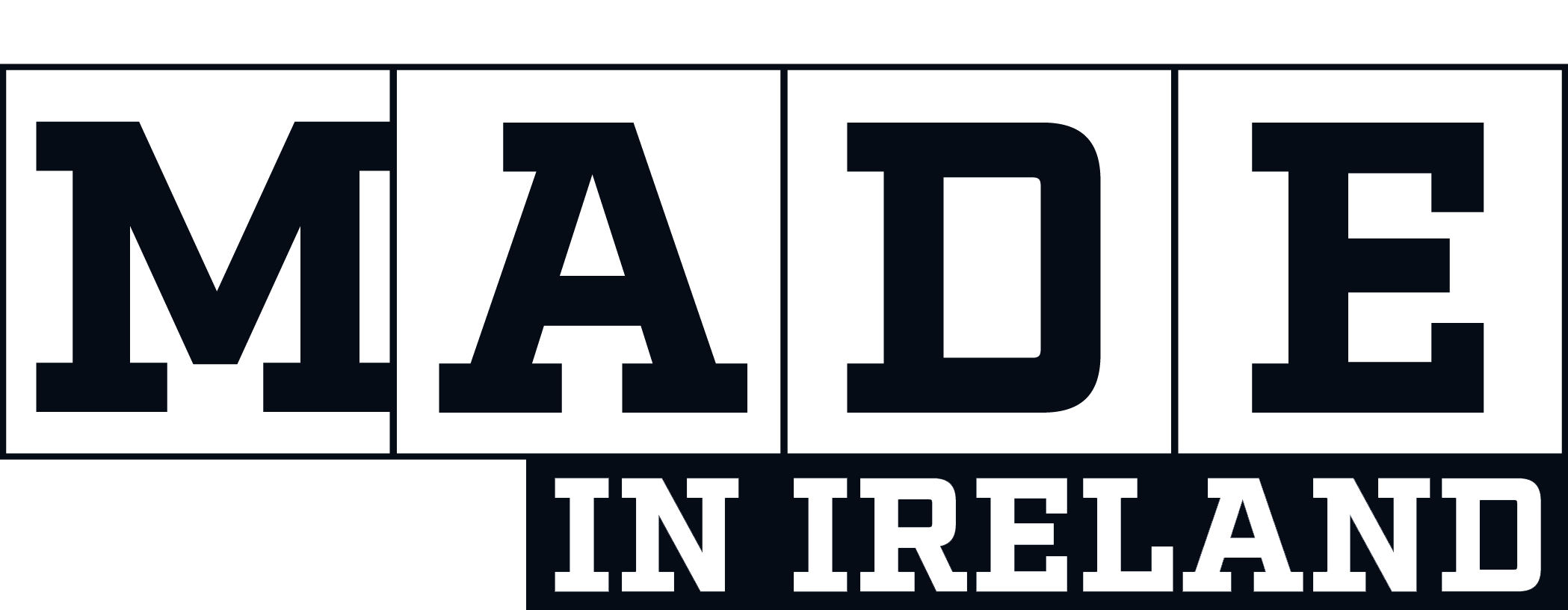Fashion’s New Generation: The Role of 3D Printing in Transforming Design
3D printing in fashion has the potential to transform the fashion industry, and one company is helping to spread the word. Fashion designers are embracing 3D printing as a way to bring unique styles and innovations to their customers without having them wait months for custom orders. With an ever-growing list of innovations, Stratasys has already enabled designers around the world to produce some truly stunning pieces that simply could not have been created with traditional tailoring methods. It is predicted that the latest innovations in 3D printing will change the way we dress. No longer bound by traditional limitations on what our clothes look like or how they fit, these advancements have given rise to a new generation of fashion designers who care about sustainability, and consumers eager for something customizable to keep things fresh and renewable.
Also read: RDS Dublin returns this January
How 3D Printing is Transforming the Fashion Industry
University students across the UK can now get the latest updates in how 3D printing in fashion can help them be more creative in fashion design from a new roadshow and series of university lectures being organised by 3D printing expert Laser Lines. Martin Kirk, one of Laser Lines’ 3D printing product specialists, is currently engaging with fashion-focused universities to enlighten both students and lecturers about the capabilities of Stratasys Fashion 3D printing technology and the power of the Stratasys J850 FabriX 3D printer.
The Impact of 3D Printing on Fashion and Textile Design
Martin says: “At Laser Lines, we are passionate about the future of 3D printing and committed to exploring the potential of this exciting and dynamic technology in various industries. This year, our focus is the fashion industry. There are massive shifts in technology and what is possible with 3D printing on fabric, which will have huge effects on the future of the fashion industry, helping fashion and textile designers to create innovative textiles and personalise the products and fabrics they design.”
Laser Lines recently visited the London College of Fashion and asked Dr. Minigjing Lin, Senior Lecturer, to share her insights on the impact of Stratasys J850 FabriX 3D printer on the fashion and textile realm. She pointed out that the unique features of this commercial 3D printer, including considerations for washability, softness, and wearability, set it apart from other 3D printing technologies. Dr. Lin also highlighted the immense potential for its application in advancing fashion and textile design, sampling, and manufacturing, based on positive student feedback and pioneering projects.
Stratasys J850 FabriX: Revolutionising 3D Printed Textiles
She says: “At the moment, most of the fashion and textile students in higher education haven't been introduced to this technology in their curriculum, unlike product designers and architects who have already been trained with 3D modelling tools in most of their curriculum.
“For the past decade, I have been dedicated to educating fashion and textile professionals and students about 3D printing and 3D modelling techniques. We are already seeing innovative design results as these fashion and textile designers start to embrace 3D printing in fashion into their fashion and textile projects.”
Real-World Applications of 3D Printed Textiles in the Fashion Industry
3D printing has been used in fashion with some exciting examples, including new forms of art and fabric experimentation with printing on net and on suede leather. Stratasys collaborates with London and UK-based designers including Foreva, Assa Ashuach, and Ross Lovegrove already, and the list looks set to grow further as 3D printing becomes a mainstay in fashion design.
But it is also connected industries that are benefitting. There are already developments in textile printing, such as retail, interior design, and with luxury car brands. For example, at last year’s Milan Design Week, Maserati showed its GranTurismo Folgore that used 3D print on Econyl Fabric for its car seats.
Educational Opportunities in 3D Printing for Fashion Students
Martin from Laser Lines adds: “As the awareness grows about the technology and its capacity, we believe more opportunities will open up.”
The J850 with FabriX innovation extension kit is an easy-to-use, comprehensive, and repeatable solution for 3D printing in fashion and flexible substrates. It is available for new and current Stratasys J850 3D printer customers. The new extension kit is especially important for designers and researchers who are looking to print on fabric for prototyping purposes, to create never-seen-before 3D designs.
Conclusion: Shaping the Future of 3D Printing in Fashion Design
The FabriX innovation extension kit includes hardware, software, and materials, transforming the J850 Prime into an end-to-end hybrid system that extends the printer’s 3D printing capabilities to include 3D printing on flexible, flat substrates, such as fabric, carbon fibre, flexible polymers, mylar, netting, canvas, and beyond. It offers the ultimate solution for design and concept 3D printing with a simple workflow that is easily implemented using Stratasys GrabCAD Print software.
Laser Lines can either visit an educational site and hold a lecture for students, or it is possible to do a field trip to visit one of their sites. For students and educational facilities in the North, AMRC or PrintCity are available locations, and in the South, the sessions will be held at the DMC in Silverstone. These sessions are free to attend.










